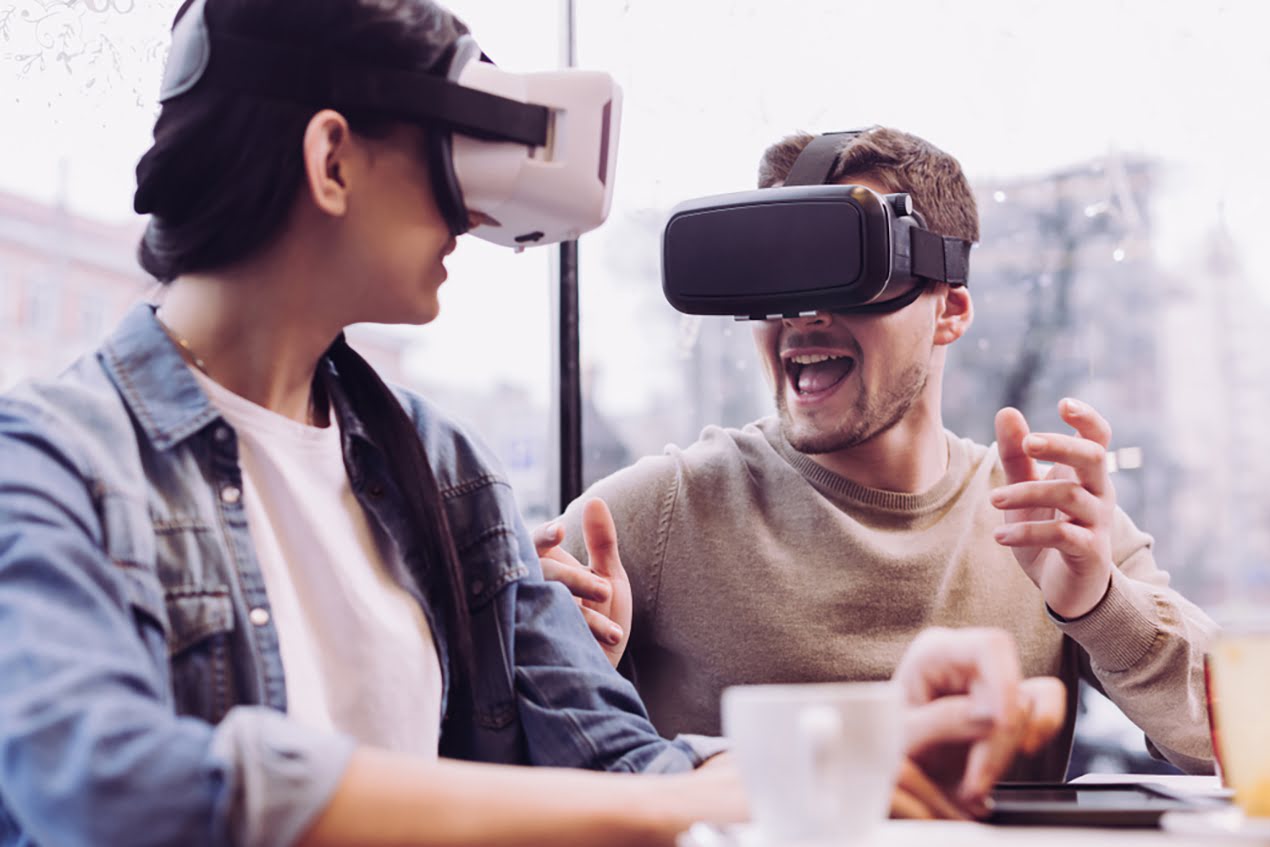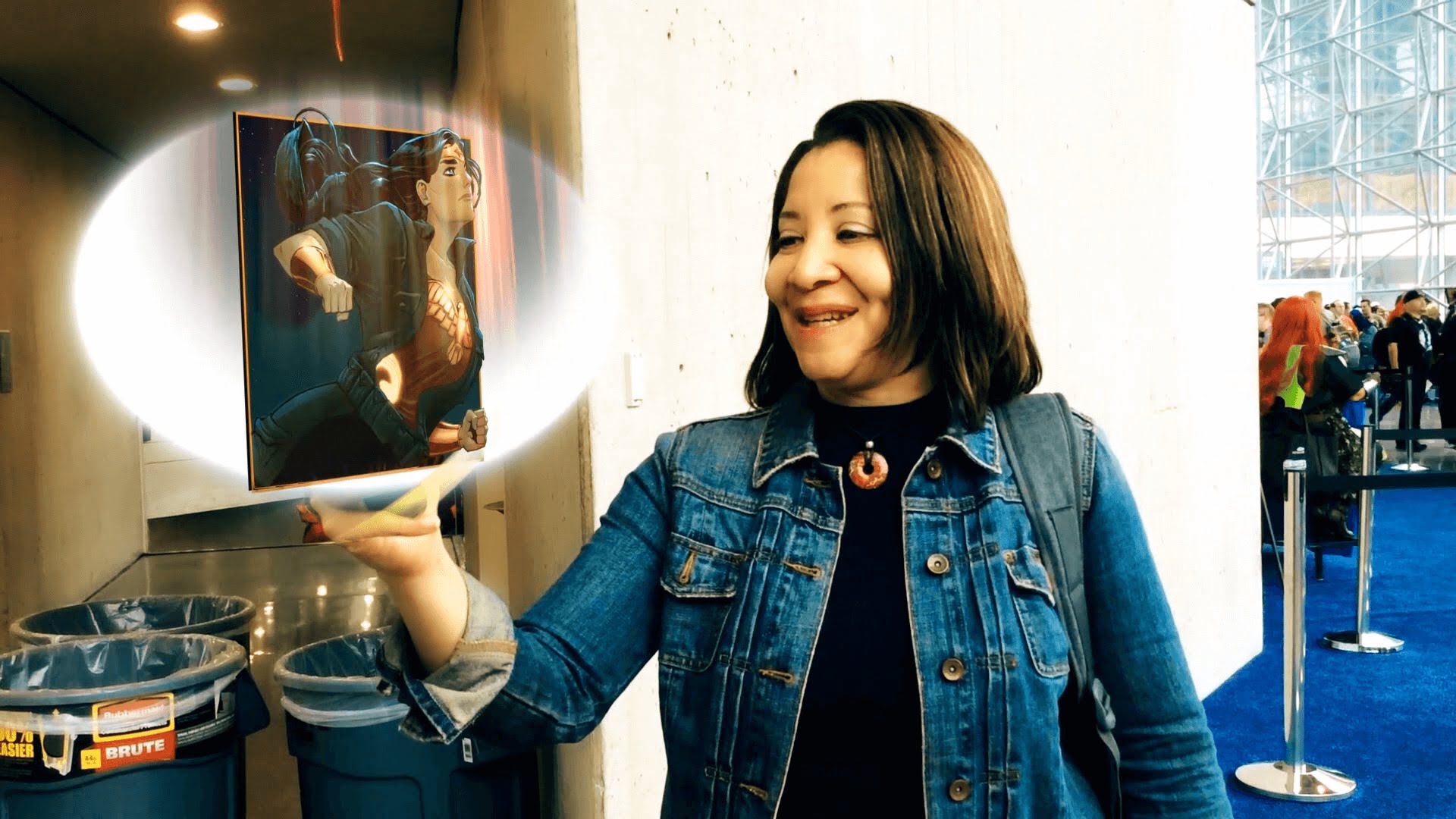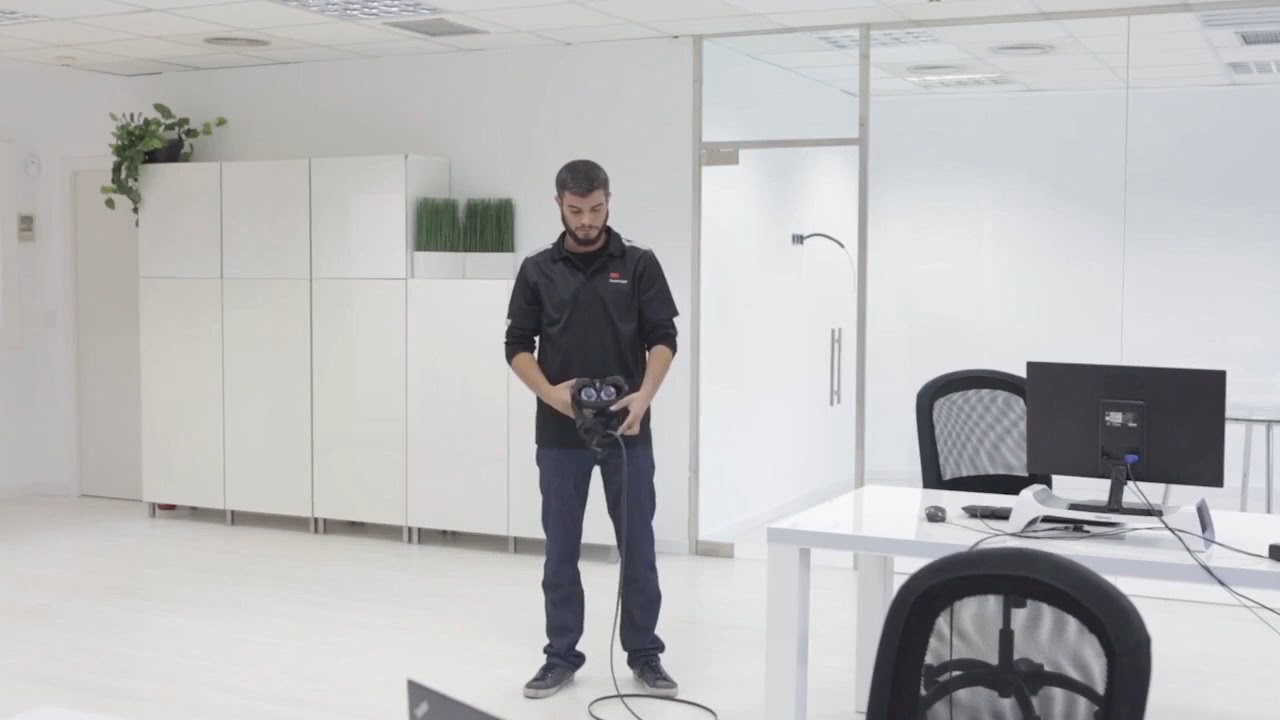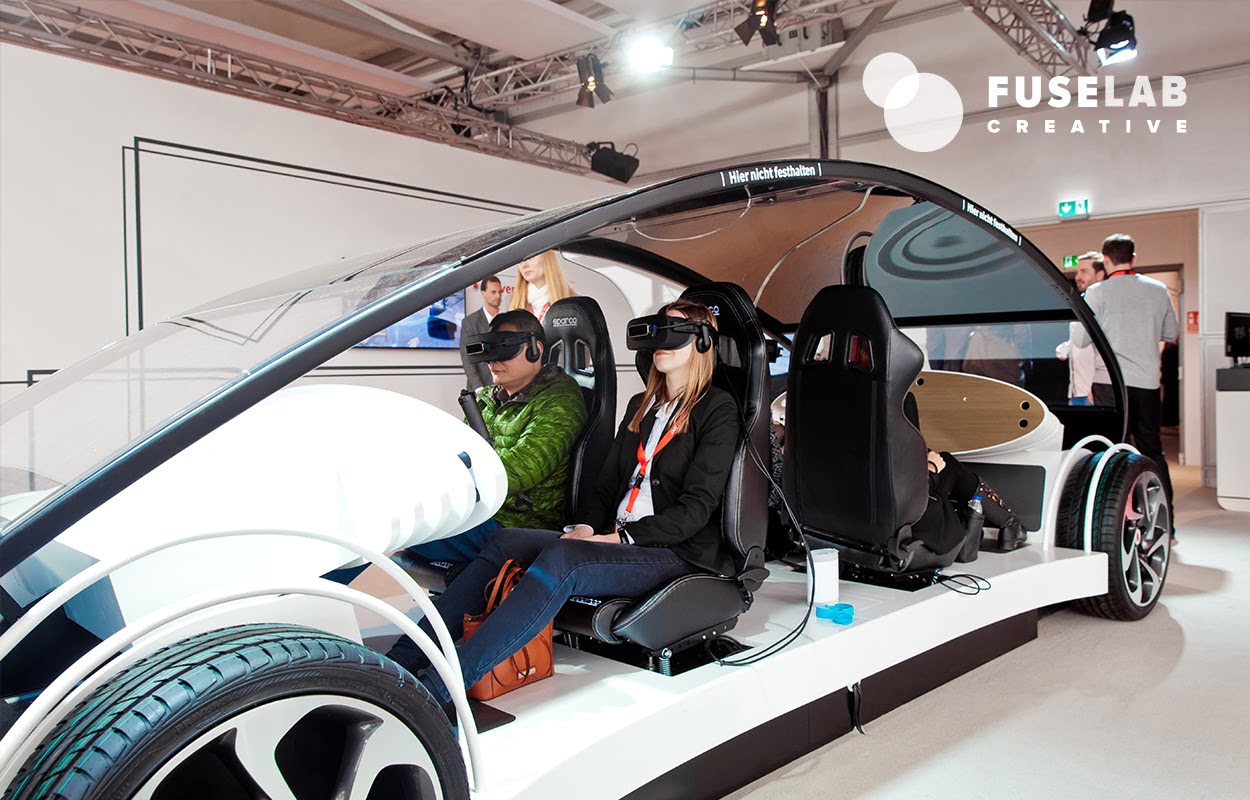11 Creative Ways You Can Use Virtual Reality and Augmented Reality to Market Your Business

As Virtual Reality and Augmented Reality platforms become more affordable and mainstream, marketers are increasingly incorporating them into their campaigns. Goldman Sachs Research has found the technology could become as widespread as smartphones.
Further, a Greenlight Virtual Reality study last week found that 71 percent of consumers feel that VR makes brands seem “forward-thinking and modern.” The study also found that VR in marketing can increase the emotional impact of marketing, especially regarding feelings such as “happy” and “energetic.” So what are the different ways you could consider incorporating VR and AR into your company’s marketing? We list them below.
1. In-store virtual reality experiences
Companies are setting up VR chairs in their stores to allow shoppers to experience different processes related to their brands.
For example, Tom’s Shoes showed their customers the donation process that was part of a campaign, as a VR “Virtual Giving Trip”.
2. As a teaching method
VR and AR can be used to help make customers more familiar and comfortable with the more complex aspects of a company’s products or services. Lowe’s for example, used a Holoroom as a kind of do-it-yourself clinic for its customers.
There, users can learn how to tile a bathroom, and then ultimately feel more confident when buying the tools. Lowe’s study found that people had better recall of the material when using VR as opposed to watching a video.
3. To provide more product information
While Augmented Reality is dependent on customers having the latest smartphones and on downloading an app, it requires less hardware on the company’s side. Customers can walk around a shop and point their phone at a product and then get more details, instructions, or reviews popping up on their phone as they do. Fuselab Creative is an expert in providing great VR services and also UX services.
You can also set up interactive displays – say a window display of products and mannequins wearing clothing – then have the customer point their phones at an item and find out the price, or its location in the store. Companies can also package this sort of functionality as a store tour, even allowing customers to try on products virtually. Incorporating this experience with direct phone purchases could also increase sales.

4. Enhance the in-store experience
Related to the above point, companies can use AR apps to give customers a more immersive in-store experience. You can provide your customers with maps and directions, and engage them with tips and discounts as they walk around. Ted Baker even added talk ability and theater to a store opening by handing out cardboard VR viewers and letting the virtual reality add action and energy to the event.
5. Experience the product itself
This Virtual Reality method works especially well with complex or detailed products like cars and electronics. Put the customer in the car and let them explore its functions, or even take it for a scenic test drive!
Likewise, hotels can allow customers to walk through their lobbies, halls, and rooms, and cruises and holiday companies can take customers to the destination for a tangible experience of what they could be purchasing. Restaurants can show diners what it would be like to eat there.
6. Add spark to your product’s story
Oreo created an animated virtual world that took consumers through a wonderful fantasy land of milk rivers and bold chocolate canyons. Whether it’s the story of how your product first came to be, how it is made, or why it is amazing, VR can go a long way in enhancing that story.

7. Enable customers to try the product before they buy it
Companies like Lego and IKEA have given their customers the possibility of browsing a catalog and seeing what items would look like once assembled, or how they would fit in the customer’s home. VR and AR can also be great for giving customers a sense of what the product looks like in 3D – giving them an idea of how deep a shelf is, or how small an electrical gadget is. Estée Lauder, for example, invites users to try different shades of lipstick through an AR app, LipArtist.
8. Take social media posts to the next level
Companies can incorporate AR into their social media strategies. By adding creative and attention-grabbing filters, animations, and interactions to products or everyday objects, companies can ensure their social media posts stand out.
Content marketing can also leverage VR videos, or you can use direct VR advertising, with platforms like Facebook already having enabled VR videos. Facebook is also planning a roll-out that makes it easy for businesses to create or adapt their Facebook page into Virtual Reality and Augmented Reality stores.
9. Take customers and clients to your events
From conferences, and displays, to sporting matches, or product launches – VR can bring your customers to the event, even if they are miles away. You can even have them interact with speakers or brand representatives. Similarly, brands that sponsor an event can make that sponsorship more meaningful by taking consumers to that event as well. Redbull offers Virtual Reality experiences together with its extreme flying races so that consumers can experience being inside the plane, not just watching it as a passive spectator.
10. Let customers try your marketing and stores out before you give them the go-ahead
Virtual reality can be great for market research, and cheaper in the long run than investing in a physical space. You can use it to test out a planned shop layout a color scheme or the way you present your products. Virtual reality can provide more rounded and accurate insights than surveys and panels might.

11. Gamify the buying experience.
VR and AR can be used to make mundane tasks more exciting. Give your customers points that go towards discounts or other incentives as they move through the store, or as they interact with your marketing, or click on a product while touring virtually.
Fuselab Creative is the best UX design agency in DC, also providing VR/AR services, UX consulting, and Dashboard Design. Contact us to discuss your project!


